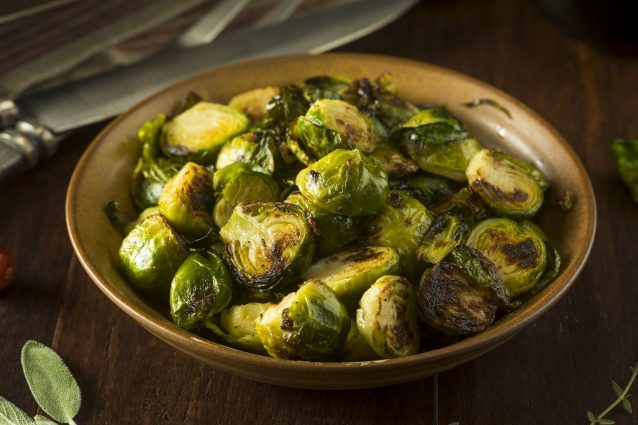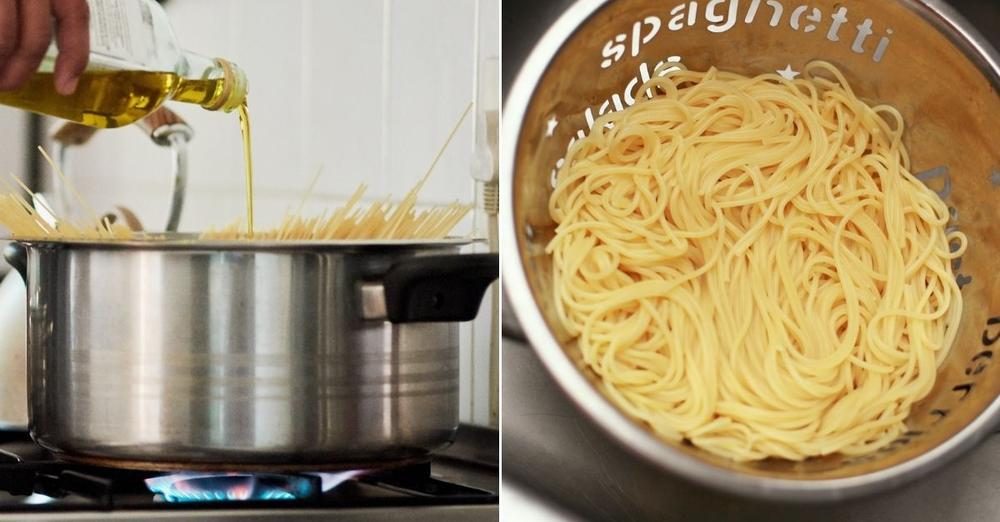9 Mistakes You Should Never Make When Cooking Brussels Sprouts (And Why)
Brussels sprouts are already one of the most misunderstood veggies in the kitchen - cooking them to perfection is, therefore, fundamental to make people like them. There are, however, some common pitfalls you need to avoid at all costs: read ahead to discover all of them!
;Resize,width=742;)
Brussels sprouts have been unfairly maligned for decades, often dismissed as bitter, mushy, or just plain unappetizing. But let’s be real—when cooked correctly, they can be crisp, caramelized, and packed with flavor. The problem? Too many home cooks unknowingly sabotage these little cabbages before they even hit the plate. Whether you’re a lifelong Brussels sprouts lover or a hesitant newcomer, avoiding these common mistakes will help you unlock their full potential.
1. Buying the Wrong Sprouts
Like any vegetable, Brussels sprouts come in a range of qualities, and grabbing just any bag off the shelf can set you up for disappointment. The best Brussels sprouts are small to medium-sized, bright green, and firm to the touch. If they look yellow, wilted, or have lots of loose leaves, they’re already past their prime. Larger sprouts also tend to be tougher and more bitter, so smaller ones are usually the better bet. And if you can, buy them on the stalk—they’ll stay fresher longer and often taste better.
2. Skipping the Prep
Think you can just toss Brussels sprouts into a pan and call it a day? Big mistake. These little guys need a bit of TLC before they hit the heat. Failing to trim the stems and remove any loose, yellowing leaves can lead to tough, unpleasant bites. And here’s an insider tip: if your sprouts are on the larger side, cut them in half (or even quarters) before cooking. This helps them cook evenly and allows more surface area for caramelization—the secret to great Brussels sprouts.

3. Boiling Them Like It’s 1950
If you’ve ever endured a plate of bland, mushy Brussels sprouts, odds are they were boiled into oblivion. Boiling leaches out the flavor and turns them into a sulfur-scented nightmare that haunts childhood memories. Unless you're blanching them quickly before roasting (which can help maintain a vibrant green color), skip the pot of water and opt for roasting, sautéing, or even air-frying instead. These methods enhance flavor rather than drown it.
4. Ignoring the Magic of High Heat
One of the biggest sins in Brussels sprouts cooking? Not using enough heat. These veggies need a hot oven (around 400-425°F) or a piping hot pan to develop those crisp, golden-brown edges that make them irresistible. Cooking at too low a temperature results in a sad, steamed texture with none of the deep, nutty flavor that makes them shine. The takeaway? If your Brussels sprouts aren’t browning, you’re not cooking them hot enough.
5. Overcrowding the Pan
Brussels sprouts need space to crisp up properly. Cramming too many into a pan or roasting dish creates steam instead of sear, leading to a soggy end result. Spread them out in a single layer with some breathing room between each sprout. If you’re making a big batch, use two trays instead of piling everything onto one. Your patience will be rewarded with perfectly caramelized edges.

6. Forgetting the Power of Oil and Seasoning
Dry Brussels sprouts are sad Brussels sprouts. Skimping on olive oil or butter means you won’t get that crispy, roasted perfection. And while salt and pepper are a great start, don’t stop there. Brussels sprouts pair beautifully with ingredients like balsamic vinegar, maple syrup, honey, red pepper flakes, garlic, Parmesan, and even bacon. The key is balance—just enough seasoning to enhance their natural flavors without overpowering them.
7. Cooking Them Too Long
Brussels sprouts already have a natural bitterness, but when overcooked, that bitterness intensifies. Whether roasting or sautéing, keep an eye on them—they should be deeply golden brown and crisp-tender, not limp and lifeless. A good rule of thumb? Roast for 20-25 minutes at 400-425°F or sauté for about 8-10 minutes until caramelized but still vibrant. If they start smelling overly sulfuric, you’ve gone too far.
8. Overlooking the Finishing Touches
A little something extra can take Brussels sprouts from good to great. A splash of lemon juice or balsamic vinegar right before serving brightens them up and cuts through any remaining bitterness. Want to add crunch? Try toasted nuts like almonds, pecans, or walnuts. Cheese lovers can sprinkle on some Parmesan or feta, while spice enthusiasts might enjoy a dash of chili flakes. The small details matter.

9. Ignoring the Leftovers
Brussels sprouts often get a bad rap when reheated, but that’s usually because they weren’t stored or revived properly. Leftover roasted Brussels sprouts can be crisped back up in an air fryer or hot skillet—never microwave them unless you want a limp, sad mess. Chop them up and toss them into omelets, pasta, grain bowls, or even tacos for an easy next-day upgrade.
;Resize,width=767;)
;Resize,width=712;)
;Resize,width=712;)
;Resize,width=712;)
